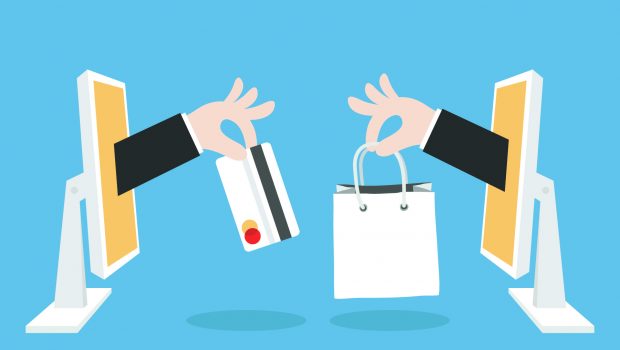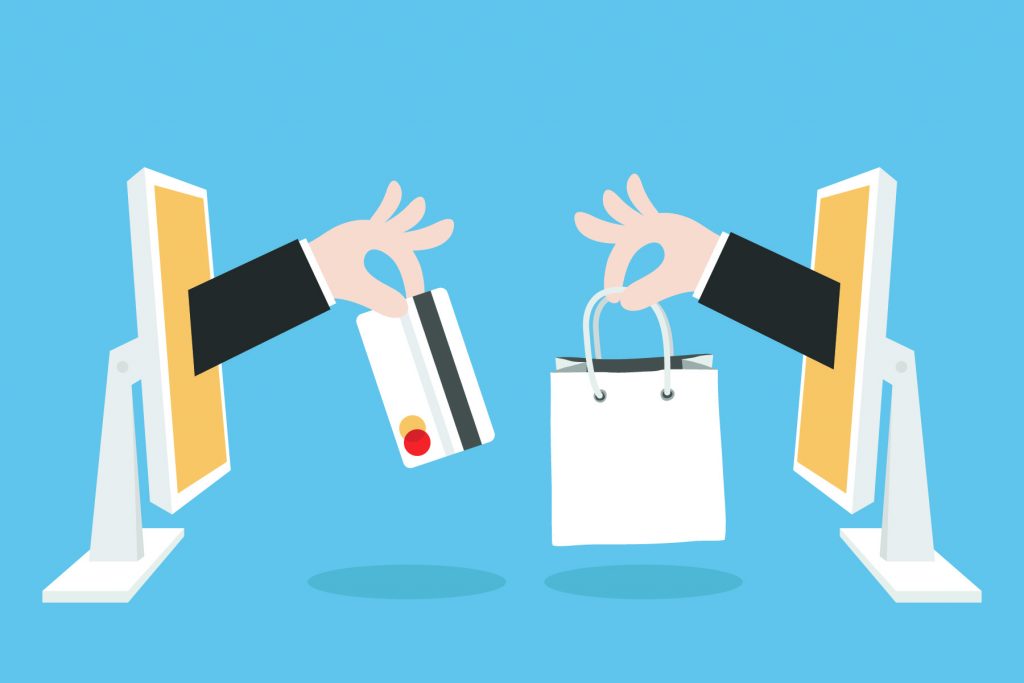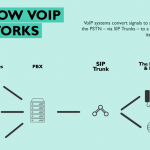E-commerce 2017: Personalization, Payment and Shipping
In the past few years e-commerce has become essential for many businesses. In the era of the Internet buying goods online is the new norm. The research, conducted by BigCommerce gives statistical proof of this statement: 80% of U.S. consumers shop online on a regular basis – at least once a month.
High consumer demand and large number of players on the e-commerce market – including major marketplaces like eBay or Amazon – make online retailing a very competitive sphere. To stay on top of things successful business owners need to keep a close eye on constantly changing customer preferences and quickly embrace new technologies.
This article will give you quick overview of what 2017 is all about.
Personalization is a must
The main goal of an online entrepreneur is to keep consumers happy and provide an outstanding shopping experience. The best way to do it is just steppping into your customers’ shoes. Wouldn’t it be wonderful if you walk into a store, and the salespeople greet you by name, moreover, they already know your budget, desires and preferences; so they offer goods, promotions and even the most convenient for you delivery options? Of course that would be an outstanding experience!
It’s hard to achieve such level of personalization in brick and mortar stores, but webshops are already using customer’s purchase history, browsing history and whishlists to provide an individual shopping experience for every buyer.
Leading e-commerce platforms like Magento 2 offer advanced targeting options by customer’s preferences and geographic location, previous purchases or brand interactions. This eliminates wired recommendations that look more like bold advertising than a helping hand from a merchant.
There are many ways to personalize your store, but you can take one step further and personalize your products! Help visitors create their own beautiful items from the components you stock. For instance, Santa Maria Shirts allows to customize your shirt with the help of a 3D model that demonstrates exactly how the shirt will look. You can change a collar, adjust sleeves, and pick type and color of fabric. Such customer-centric approach really motivates to make purchases. And again. And again. 😉
Payments go mobile
Think Tank Gartner reports that revenue share coming from mobile devices will increase at least by 50% before the year ends. E-commerce entrepreneurs have already noticed an impressive rise of mobile shopping in 2016. The trend continues to grow, and you should be ready for the surge.
Nice-looking layout and responsive design as well as other features aimed to attract mobile users are as important as ever but simply not enough. To make a mobile customer journey complete and satisfactory for buyers, retailers need to invest into advanced checkout options like Apple Pay or Android Pay.
The implementation of digital wallets kills two birds with one stone. First of all, it reduces the checkout time by half, resulting in fewer abandoned carts and checkouts. Secondly, impulsive buying will come into the picture as the main driver of mobile purchases. Consumers would be able to get the desired products in a few finger taps, without even reaching to their credit cards.
Cash and traditional wallets slowly fade into oblivion as digital payments arise. By 2020 9% of all consumer spendings all over the world will be through e-wallets or mobile payments, so forward-looking retailers devote more resources than ever to their mobile experience; many choose to give the greater share of the budget to mobile, rather than desktop.
One last thing to remember about the new age of payments: thinking about mobile don’t limit yourself to tablets and smartphones. Bracelets, rings and other wearable devices will also be connected to the user’s financial info and thus capable of making payments.
Speedy shipping becomes a competitive advantage
Tammy Everts, the senior researcher of SOASTA is sure that in 2017 e-commerce business owners will realize that they all compete with Amazon. It may sound a bit scary for smaller retailers, but that’s the reality. Big market players have conditioned buyers to expect fast shipping and same-day delivery; the acceptable delivery window narrows down more and more every year.
Since speedy delivery becomes one of the crucial competitive differentiators, online merchants are starting to create their own logistic chains through partnerships with delivery companies and startups. Business owners also invest in the newest technologies like drones or self-driven cars which will revolutionize both logistic and ecommerce industries.
“Click and collect” style stores are also on the high street. The launch of Amazon Fresh providing same-day delivery to the local grocery shops of certain neighborhoods pushed a tendency to hold smaller real estate and invest in drop off locations.
2017 is all about minimizing the distance between your products and the customers. Whatever way of speedy delivery you choose, it should be reliable, cost-effective, and at the same time convenient for the consumers.
What helps you boost your sales this year? What innovations are pushing your business forward? Share your experience in comments!
















